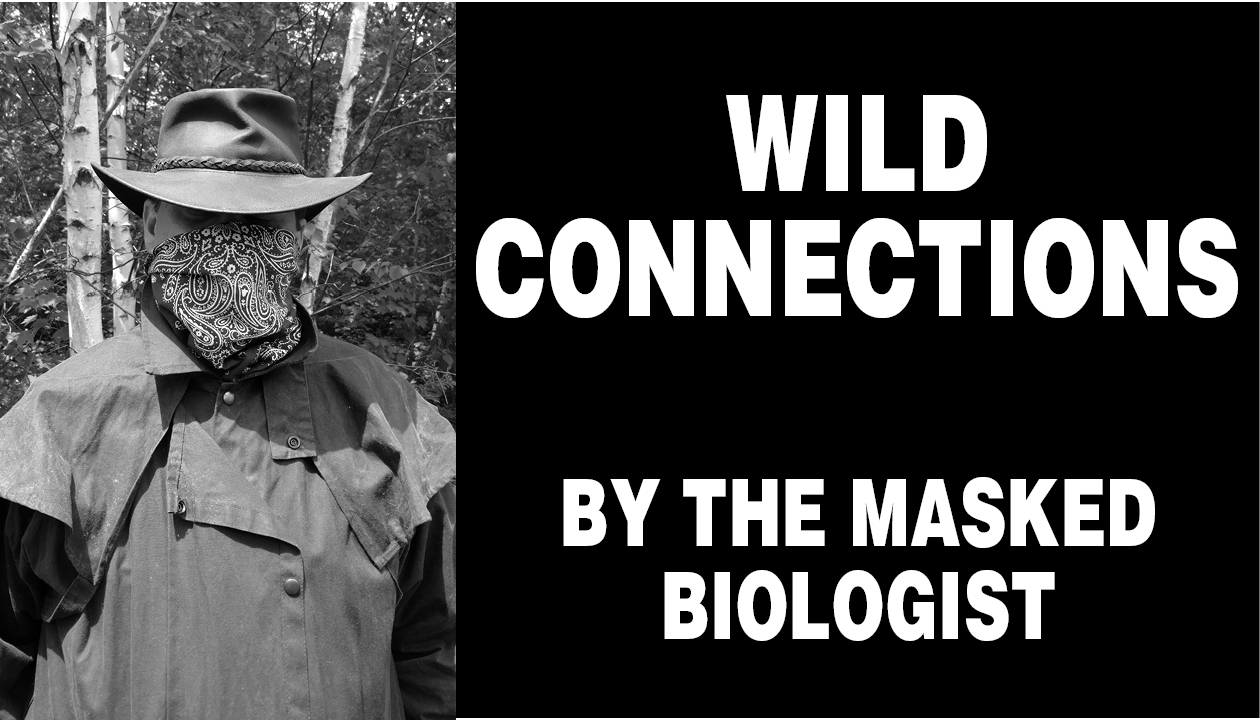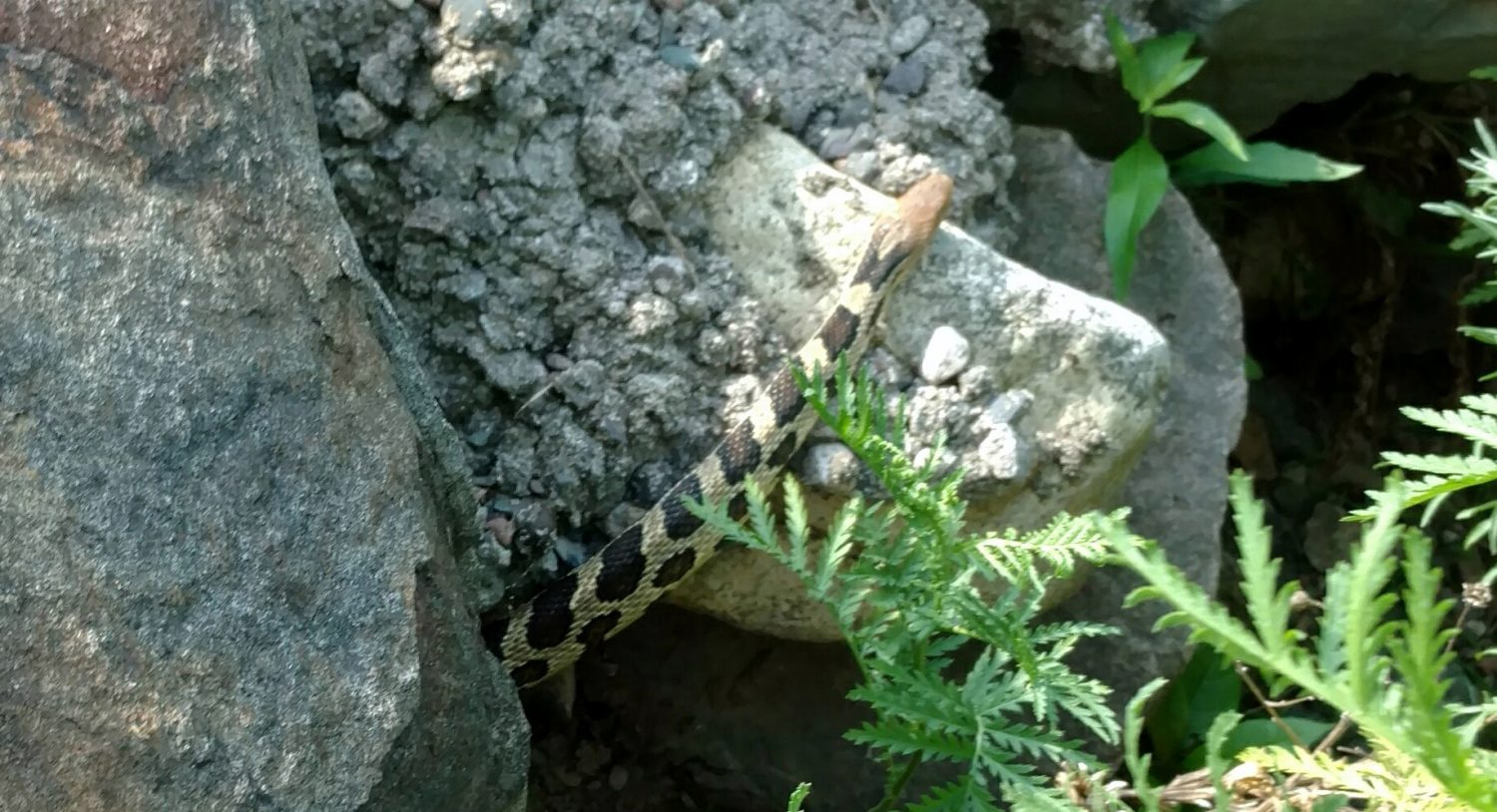Nature’s blanket provides shelter for wildlife

BY THE MASKED BIOLOGIST
Special to the Star Journal
When I worked in the Great Plains, the Buffalo Ridge ran through my work area. There were many power-generating windmills traversing the area, which boasts some of the highest sustained twenty-foot wind speeds in the country. On one occasion I was visiting Leon, a landowner along the ridge, a gentleman I knew well and visited often, and I was talking about a project we were working on to remove trees to benefit grassland birds. Leon looked me in the eye and said, “but the trees break up the wind and slow it down.” My response was that one tree alone could not do anything to break up or slow down the wind. “You don’t think so?” he asked. “Why don’t you walk to that cottonwood over there and stand behind it.”
Well, Leon had me there. As one individual standing on a ridge in the plains, I could get into the lee of that big old cottonwood and get a break from the relentless wind. On the plains, getting out of the wind was probably one of the most important adaptations wildlife needed to survive. I think it’s safe to say that it is also very important up here in the Northwoods, where the prolonged cold temperatures and typically deep snow can take their toll on our local wildlife species. If you want to keep wildlife alive, or help them live with the least amount of stress, you need to provide some kind of thermal cover.
Biologists consider thermal cover to be any kind of vegetation that blocks wind, plus helps keep heat in and cold out. Typically, quality thermal cover in the Northwoods would be dense swamps or stands of needle-bearing trees like spruce, balsam, hemlock, pine and cedar. If the cover is dense enough, it can break up the wind even without needles, so sometimes tamarack stands or alder thickets can do the job quite nicely. Wildlife, like deer, grouse and even turkeys, will use this thermal cover to try to reduce shivering, which is the body’s own way of generating heat that burns up valuable fat reserves. Lying in the snow can actually provide some insulation to help wildlife stay warm, and a covering of dense tree needles can keep heat from rising and escaping rapidly at night. Day or night, you can’t beat a dense balsam or cedar stand during a heavy snowstorm. Wildlife tends to seek these areas out and incorporate them as part of their home range so they have access to them as needed to get through the winter. These areas are also good for foraging, as they tend to produce good berry plants because they keep plants frost-free in the spring when the plants are setting their fruits. Grasses also seem to stay a little greener a little longer, so deer and turkeys that kick away the snow can find food to help keep their fat reserves up.
On a cold sunny day, deer will find dense brush on the leeward side of a hill, out of the wind, and try to soak up the sun. This works well, if you consider the fact that the coldest winds come from the north so lying on a sunny south slope would provide great wind protection and maximum sun exposure.
Thermal cover is also oftentimes associated with people (especially around the lakes) since conifers are often chosen for their yards or windbreaks. Wildlife may even use spaces near or between buildings to get out of the cold wind. Remember – if you tend to see wildlife using your home or landscaping for shelter from the snow and cold, please keep your dogs and cats inside. Not only is it cold for your pets, but even if they simply chase animals away from thermal cover temporarily and repeatedly, the stress and activity can be harmful to the wildlife.
The Masked Biologist earned a Bachelor of Science degree in wildlife biology. His work in natural resource agencies across the country provided opportunities to gain experience with a variety of common and rare fish, plant and wildlife species. Follow The Masked Biologist on Facebook. Email questions to [email protected]
Leave a reply
You must be logged in to post a comment.


